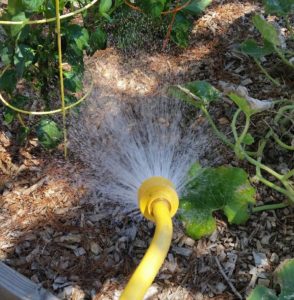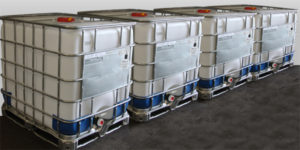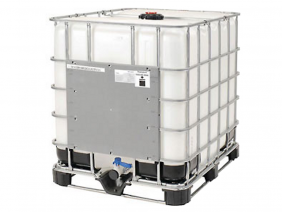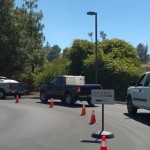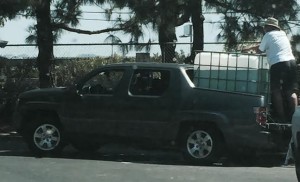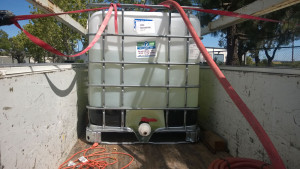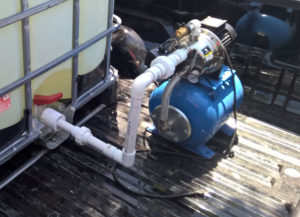 There are many different manufacturers of pumps that are excellent at unloading recycled water tanks, barrels or bags. They all serve a purpose, but vary by size, weight and capacity. Some pumps may look the same and function the same but are branded differently.
There are many different manufacturers of pumps that are excellent at unloading recycled water tanks, barrels or bags. They all serve a purpose, but vary by size, weight and capacity. Some pumps may look the same and function the same but are branded differently.
We’ve chosen a few that we’ve seen most often, they’re mostly purchased at Harbor Freight due to price and availability. Many people hauling recycled water wanted to do so on the cheap and Harbor Freight helped to make that possible.

